Bulletproof Glass-Clad Polycarbonate
One of the most robust types of bulletproof glass available today.
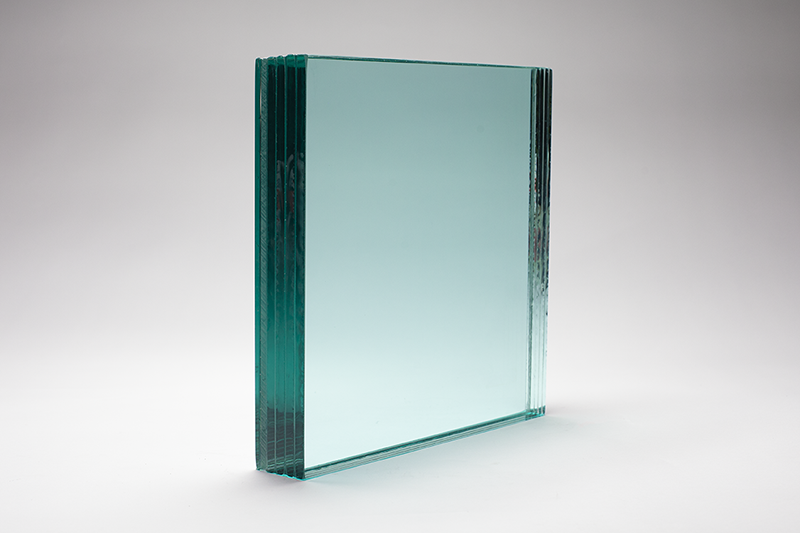
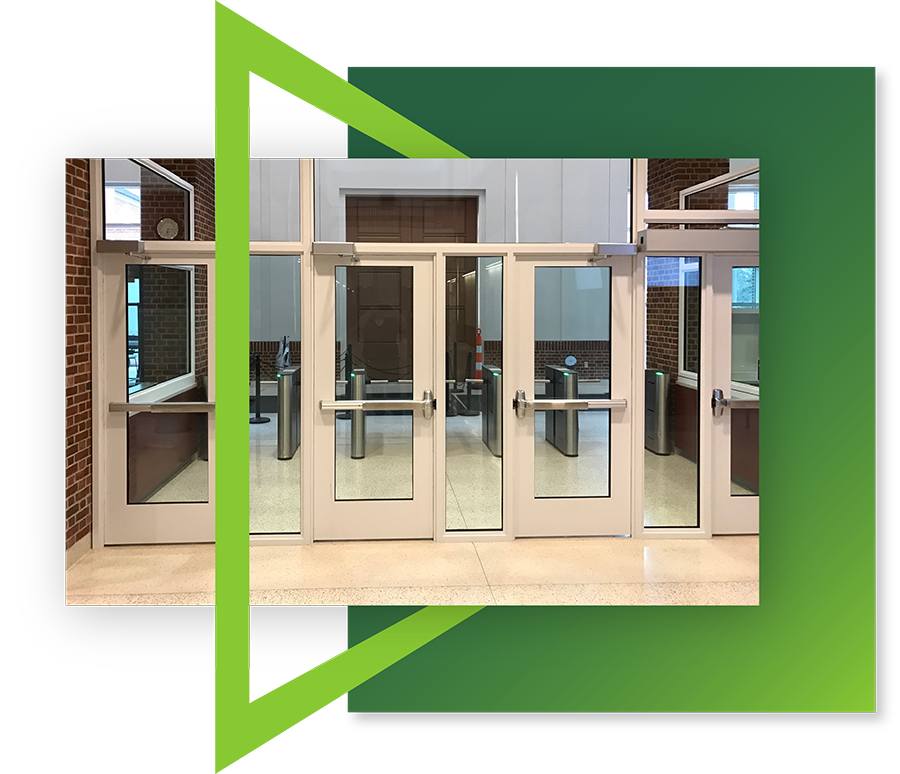
Protect Your Facility with Ballistic Glass-Clad Polycarbonate
When you need robust protection in any circumstance, glass-clad polycarbonate is an elegant solution. Glass-clad polycarbonate (GCP) holds up in high traffic areas extraordinarily well. In addition to offering ballistic protection at UL levels 1 through 8, GCP glazing can be manufactured to withstand forced entry, explosive blasts, and hurricane winds. However, standard GCP is typically only tested for ballistic protection. Ballistic glass-clad poly-carbonate is an effective solution for freestanding and fixed exterior barriers, especially at the highest UL levels of protection.
Our Glass-Clad Polycarbonate Glazing Products
| Product | Thickness | Level | Composition |
| Low Spall | 1”-2 ½” |
|
Glass, polycarbonate, urethane |
| No Spall | 1”-2 ¼” | Glass, polycarbonate, urethane | |
| Heat-Strengthened | ¾”-1 ¼” | Glass, polycarbonate, urethane | |
| Insulated GCP Unit | 1 ¼”- 2 ½” | Glass, air gap, interlayer |
Visit our product specifications page for data sheets, 3-part specs, and more.
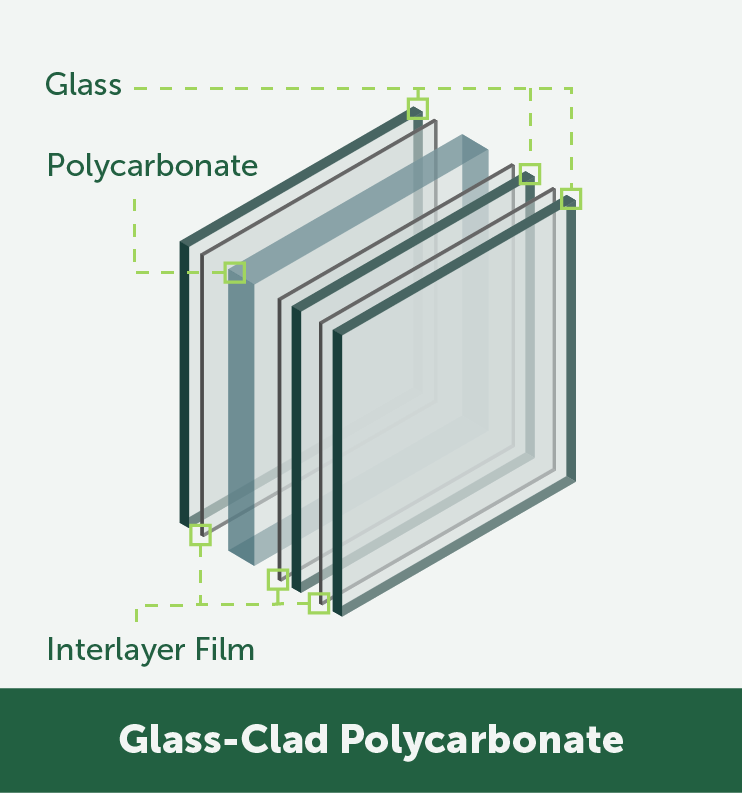
What Is Glass-Clad Polycarbonate Glazing?
How Does Glass-Clad Polycarbonate Compare to Other Bullet-Resistant Glass Options?
Among all our bulletproof glass options, glass-clad polycarbonate offers the highest level of ballistic protection. It also offers superior performance against the elements and other types of attacks and emergency situations.
Glass Type |
UL Level |
Application |
|
Acrylic |
1-2 |
Interior |
|
Polycarbonate |
1-3 |
Interior |
|
Insulated Glass |
1-3 |
Exterior |
|
Glass-Clad Polycarbonate |
1-8 |
Interior and Exterior |
Glass-clad polycarbonate bulletproof glass is ideal for exteriors, but can be used indoors as well. Traditional glass cleaner damages the surface of bulletproof glass, so you may need to use a special cleaner, or mild soap and water, to clean your glass-clad polycarbonate.
There are a variety of options available if you need to customize your ballistic glass-clad polycarbonate glazing, including
- Reflective glass
- One-way mirror
- Frosting
- Tints (Gray, bronze, green, and blue)
- Insulating units
- Low E
…and more! To learn more about your options or inquire about a certain treatment, please contact us.
Is Glass-Clad Polycarbonate Right for Your Facility?
Because GCP is substantially thicker and heavier than other types of ballistic glazing, it has a light transmission rating of roughly 75% compared to 90% for acrylic. Additionally, it’s not always possible to create some types of ballistic transaction line accessories, like all-clear package passers. In these situations, the TSS team is ready to help you find the right type of security product for your facility or organization.
If you’d like to learn more about the advantages of working with ballistic glass-clad polycarbonate glazing, please reach out! One of our ballistic barrier experts is ready to learn about your project and discuss how glass-clad polycarbonate can meet your needs.
Ballistic Glazing Solutions Guide
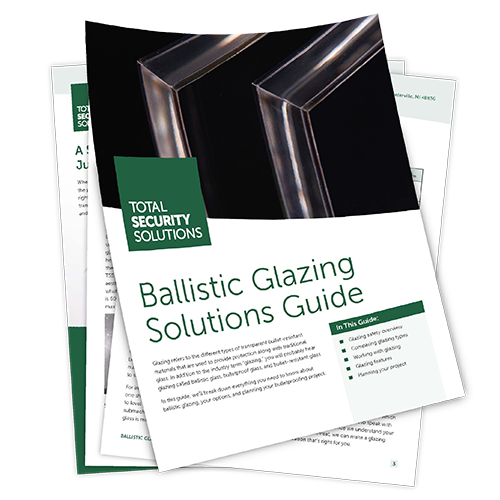
Frequently Asked Questions About GCP & Bullet Resistance
What is the difference between polycarbonate and GCP bulletproof glass?
Polycarbonate is a tough, lightweight plastic that offers good ballistic and forced-entry protection—especially in multi-layered, laminated builds. It’s easier to fabricate, making it ideal for intricate designs, retrofit projects, or interior barriers that need voice ports, transaction trays, or custom fasteners. However, polycarbonate typically tops out at UL Level 3 and has lower light transmission (~70%).
Glass-clad polycarbonate combines multiple layers of glass and polycarbonate to deliver the highest levels of ballistic protection—up to UL Level 8. GCP is more rigid, optically clear, and durable in exterior environments. While it’s harder to cut and shape, it offers superior performance against rifles, blasts, and harsh weather.
If your project calls for maximum protection with architectural appeal, GCP is the right choice.
How thick is bullet-resistant glass-clad polycarbonate?
The thickness of glass-clad polycarbonate depends on the level of ballistic protection required. At UL 752 Level 1, GCP is typically around ¾ inch thick. For higher protection levels, such as Level 3, GCP ranges between 1 inch and 1¼ inches. At the highest UL ratings (Levels 4–8), GCP systems can exceed 2½ inches in thickness.
What applications use glass-clad polycarbonate?
Glass-clad polycarbonate is used in high-security environments where protection from rifles, forced entry, blast, or extreme weather is essential. It’s commonly installed in:
-
Exterior windows and curtain walls for banks, government buildings, and dispensaries
-
Drive-up pharmacy and teller windows that require both visibility and multi-threat resistance
-
Security vestibules and mantraps in schools, hospitals, and courthouses
-
Backglazing solutions for historic buildings, where preserving aesthetics is key
-
UL Level 4–8-rated doors and windows in facilities facing high-powered rifle threats
Because of its high strength, optical clarity, and ability to integrate aesthetic features like tints, mirrors, or frosted layers, GCP is ideal for projects where Safety + Aesthetics™ must coexist without compromise.
How much does bulletproof glass cost?
Bulletproof glass pricing varies based on protection level, glazing type, size, and application. High-performance materials like glass-clad polycarbonate cost more due to their weight, layered construction, and superior ballistic performance.
Most customers need a complete system, not just glass. Here’s a general cost range:
-
Small systems (e.g., ticket windows): $10,000+
-
Mid-size systems (e.g., banks, dispensaries): $25,000+
-
Large systems (e.g., government or corporate buildings): $40,000+
Installation costs depend on scope and location. TSS offers nationwide installation or can coordinate with your contractor.
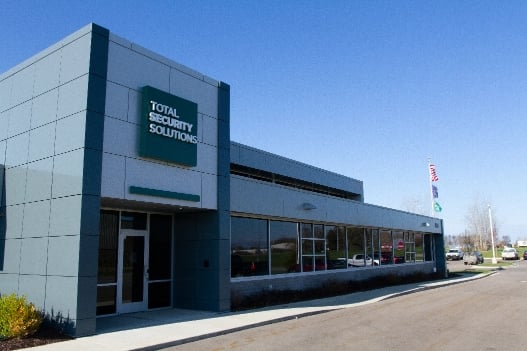
Total Security Solutions Is Ready to Help You Harden Your Physical Security With Ballistic Glass-Clad Polycarbonate
For decades, TSS has provided all types of businesses, organizations, and companies with the bulletproof glazing they need to protect themselves, their customers, and their facilities. If you’d like to get started with ballistic glass-clad polycarbonate or any of our other products, please don’t hesitate to contact us or request a quote.